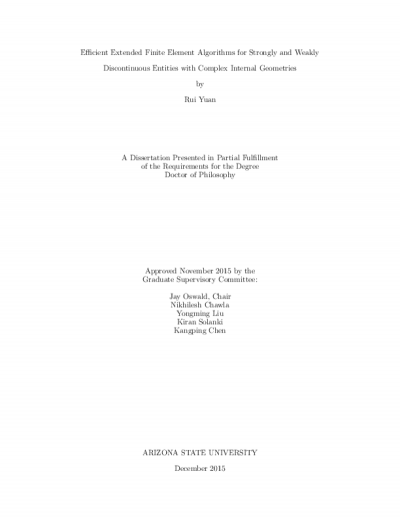Analyses of Spray Atomization Based on Integral Form of Conservation Equations: Applications to Liquid Jets in Cross Flows and to CFD

Description
Liquid injection in cross flows has applications in gas-turbine engines, afterburners and some rocket combustion chambers. Integral form of the conservation equations has been used to find a cubic formula for the drop size in liquid sprays in cross flows. Similar to the work on axial liquid sprays, the energy balance dictates that the initial kinetic energy of the gas and injected liquid be distributed into the final surface tension energy, kinetic energy of the gas and droplets, and viscous dissipation incurred. Kinetic energy of the cross flow is added to the energy balance. Then, only the viscous dissipation term needs to be phenomenologically modelled. The mass and energy balance for the spray flows renders to an expression that relates the drop size to all of the relevant parameters, including the gas- and liquid-phase velocities. The results agree well with experimental data and correlations for the drop size. The solution also provides for drop size-velocity cross-correlation, leading to drop size distributions based on the gas-phase velocity distribution. These aspects can be used in estimating the drop size for practical applications, and also in computational simulations of liquid injection in cross flows, and in other spray geometries in general.
Date Created
The date the item was original created (prior to any relationship with the ASU Digital Repositories.)
2018
Agent
- Author (aut): Park, Jung Eun
- Thesis advisor (ths): Lee, Taewoo
- Committee member: Huang, Huei-Ping
- Committee member: Chen, Kangping
- Publisher (pbl): Arizona State University








